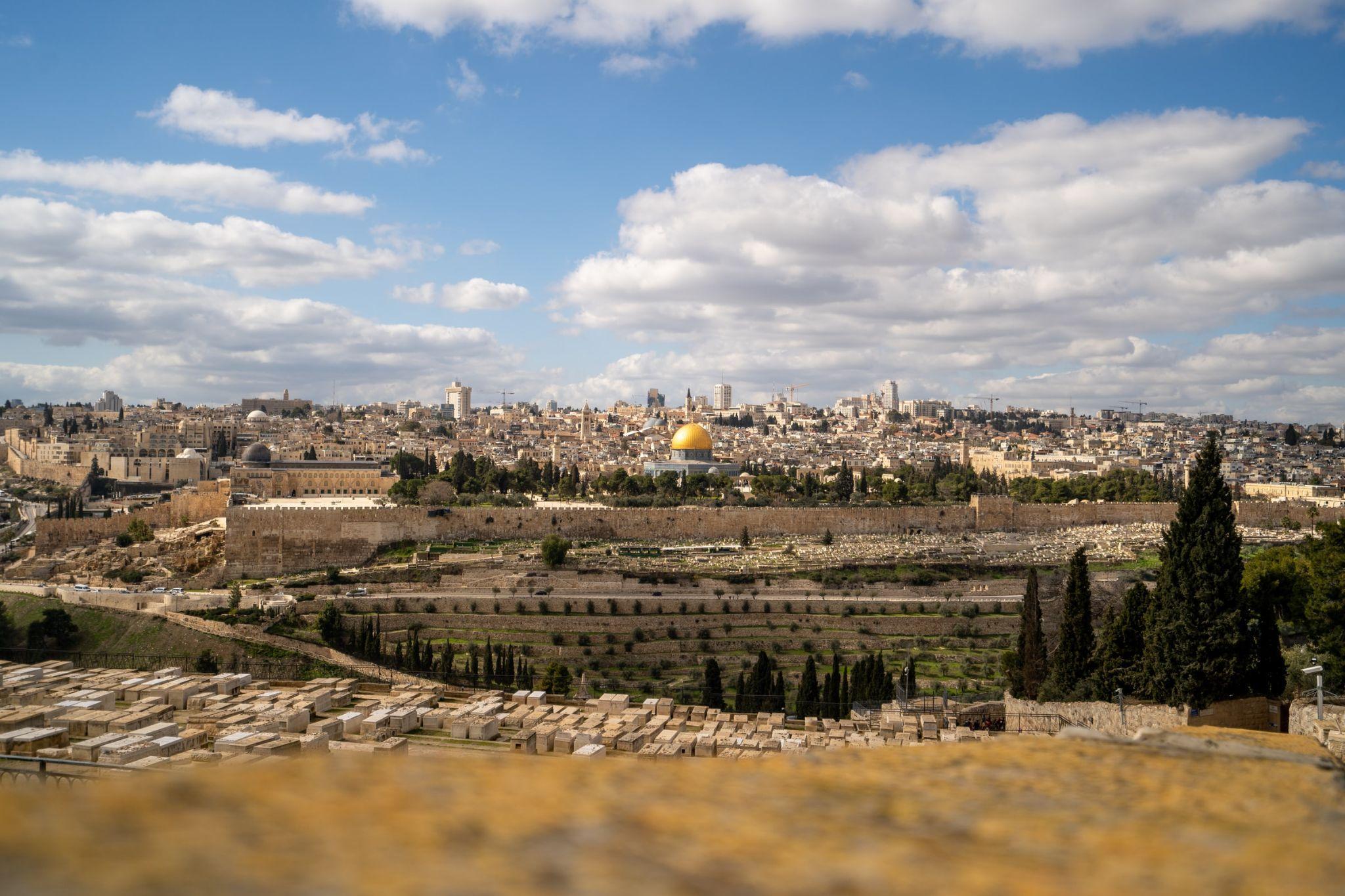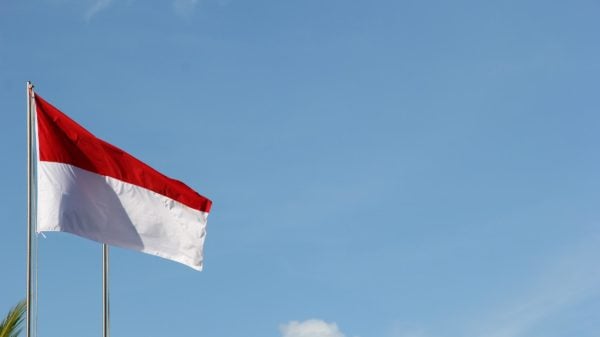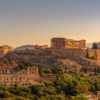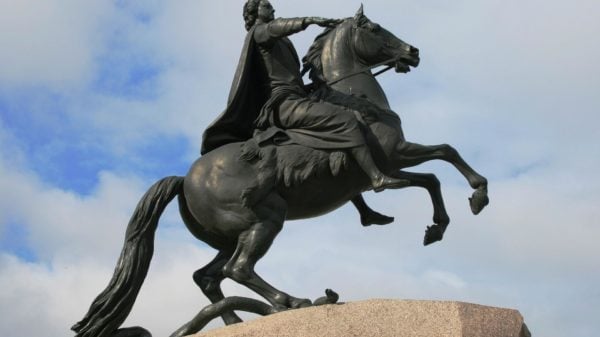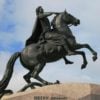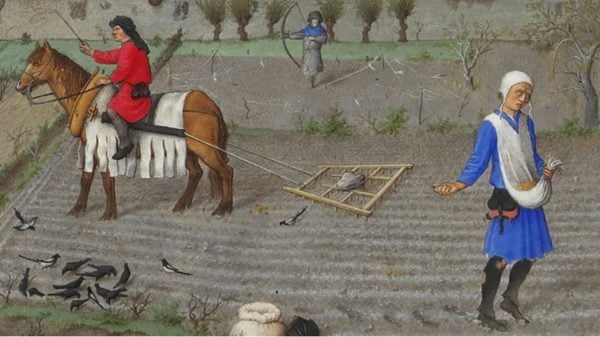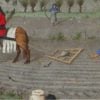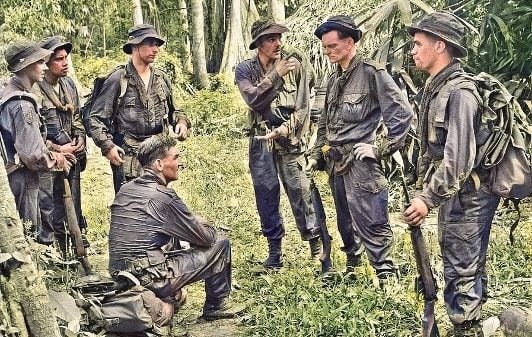The Jewish Insurgency commenced in February 1944 when the Zionist underground groups, Irgun and Lehi, worked against the British rule in Mandatory Palestine. They wanted to dislodge the government of Britain because of the government’s limitation on Jewish immigration.
In November 1944, the assassination of Lord Mayone, the British Minister Resident in the Middle East, was the first leg of the Hebrew revolt. To appease the Jews, Winston Churchill’s cabinet endorsed a plan in January 1944 to partition Palestine. This plan was largely opposed by the Arab population. The assassination of Lord Mayone prompted Churchill to delay the plan for partition until a more appropriate time.
Tensions Rise During The Jewish Insurgency
There was a massive increase in tensions between the British controls and the Zionist underground factions in 1938. It intensified in 1939 when the British government released a policy paper outlining the British government’s policy to restrict Jewish emigration and land. In the policy paper, the government also declared their intention to give, within ten years, a declaration of autonomy to the people of Palestine, who had a greater population of Arabic people. When World War II was in its finishing years, and the Axis Alliance was nearing getting overcome, the tensions rose again to an armed struggle.
The Haganah
The biggest Zionist underground militia called Haganah, which the officially recognized Palestinian Jewish Leaders controlled, remained allied with Britain. In September 1945, when World War II was over, it was pretty obvious that Britain would not permit significant Jewish migrations or the establishment of a Jewish state. The non-complying groups of Irgun and Lehi were joined by the Haganah and cooperatively created the Jewish Resistance Movement.
The Haganah did not directly confront the British Military and focused on compromising the British emigration controls, while Irgun and Lehi, the two militant groups, attacked police and army targets. This continued until July 1946 with the bombing of a hotel in Jerusalem, which killed 91 British, Jewish and Arab citizens and injured 45 others.
The two militia groups were now free to operate independently, while Haganah continued to assist in the migrations of the Jews. On 29 November 1947, the United Nations declared a Partition Plan, which resulted in conflicts and hostilities between the Palestinian Arabs and Jews. A continual clash between both the British military and the Jewish groups kept going on until the time the war came to an end. Britain increasingly began to realize its attempts to suppress the Jewish insurgency as a futile and costly exercise.
Revolt After Revolt
The British security forces were constantly taking casualties due to their pool of intelligence and noncooperation of the civilian population. The insurgents were using hit-and-run tactics. The IED attacks on British vehicles began to limit the British Army’s freedom of movement. One insurgency followed by another insurgency. Insurgents were superior to the British forces because of their motivation and courage, and also employed unconstrained violence against civilians and created insecurity and instability.
The conflict also caused tensions with its most reliable friend, the United States of America. Therefore Britain terminated the British Mandate for Palestine, and on May 14, 1948, declared Israel an independent state. The conflict in Palestine between the Arabs and the Jews continues till today and has never been resolved.


